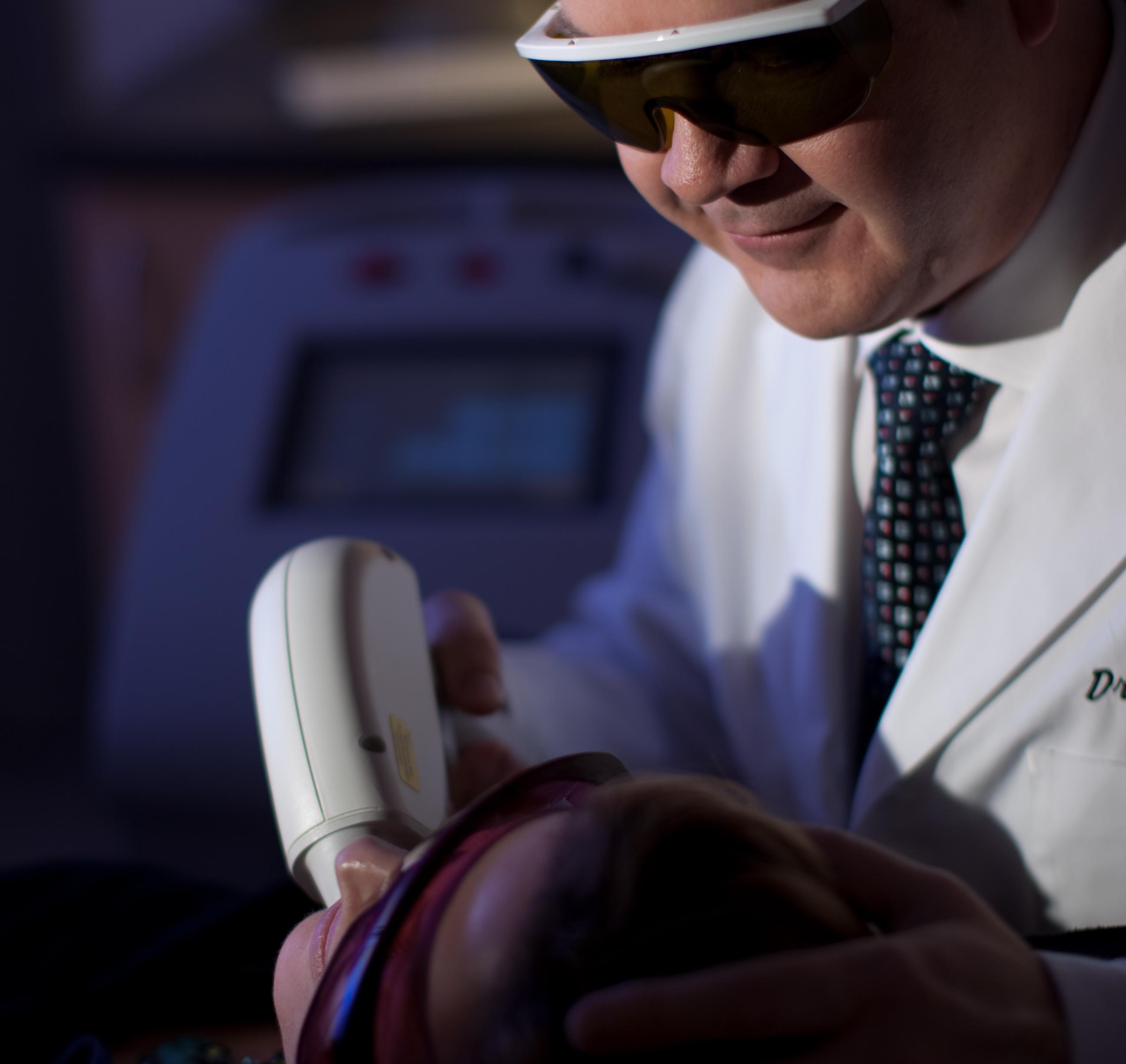The Most Incredible Science Events Of 2016
While nearly everyone has been focused on the numerous tragic celebrity deaths of 2016, many otherwise headline-worthy stories slipped under the news cycle radar. Aside from the election, sporting events, and celebrity gossip, many major scientific discoveries were made in 2016, some of which have the potential to alter human history forever. From artificial intelligence breakthroughs to new revelations about space and our planet, this list will countdown the ten most incredible science events of 2016.
Physicists Confirm Existence Of Gravitational Waves

One hundred years ago, Albert Einstein theorized that some objects in the universe such as black holes might be so massive that they could actually cause ripple-like waves in gravity itself. While many of Einstein’s theories were proven shortly after their creation, these waves eluded physicists for decades due to the limitations of scientific instrumentation. In 2016, scientists at the California Institute of Technology’s Laser Interferometer Gravitational-Wave Observatory (LIGO) finally were able to detect gravitational waves, confirming Einstein’s theory of relativity once and for all.
An Artificial Intelligence Becomes The World Go Champion

For years, artificial intelligence researchers have been pitting their creations against humans in various competitions. Several years ago, IBM’s Watson became the first computer to defeat human players on Jeopardy, but the most famous case of an AI system defeating humans happened in 1997 when IBM’s Deep Blue crushed chess champion Garry Kasparov. In 2016, an artificial intelligence defeated a human Go champion for the first time, a feat which many computer researchers predicted would be impossible due to the complexity of the game.
NASA Discovers Earth Has Two Moons

In 2016, NASA astronomers detected a high-orbit object which appeared to be orbiting the Earth. While many small asteroids and pieces of man-made debris orbit the Earth, the size of this object technically classifies it as a satellite similar to our moon. Based on NASA’s estimates, the asteroid is somewhere between 120 feet (40 meters) and 300 feet (100 meters) in diameter. According to NASA’s Jet Propulsion Laboratory, the asteroid, named 2016 HO3, has been orbiting Earth for centuries and will continue to circle our planet for several more.
The Discovery Of A Mysterious Ninth Planet
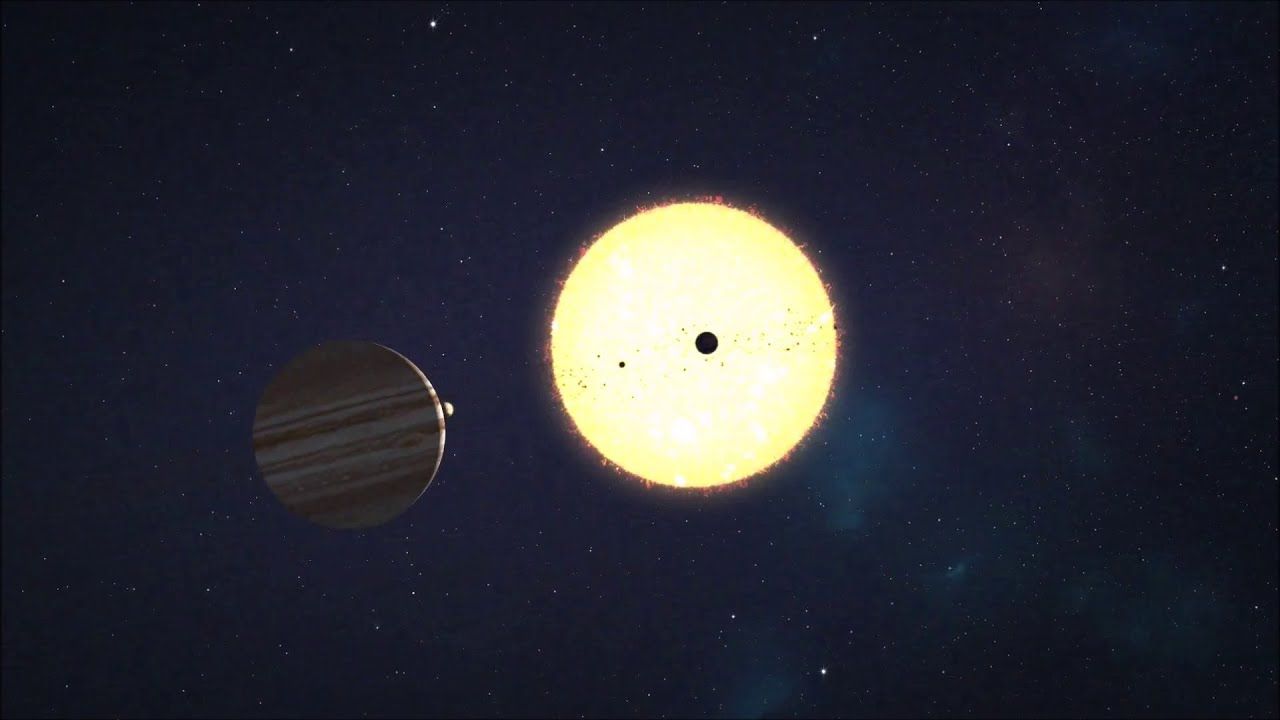
In January 2016, a planetary astronomer at Caltech University named Mike Brown discovered evidence that there could be a ninth planet in our solar system found far beyond Neptune. Brown, who was also responsible for stripping Pluto of its planetary status, detected gravitational fluctuations in the outer planets and many outer solar system objects. These fluctuations could only be due to the presence of a massive object close to ten times larger than Earth. The new ninth planet is so distant that current estimates place its solar year - the time it takes to orbit the Sun - at 10,000 to 20,000 Earth years.
SpaceX Lands An Autonomous Rocket
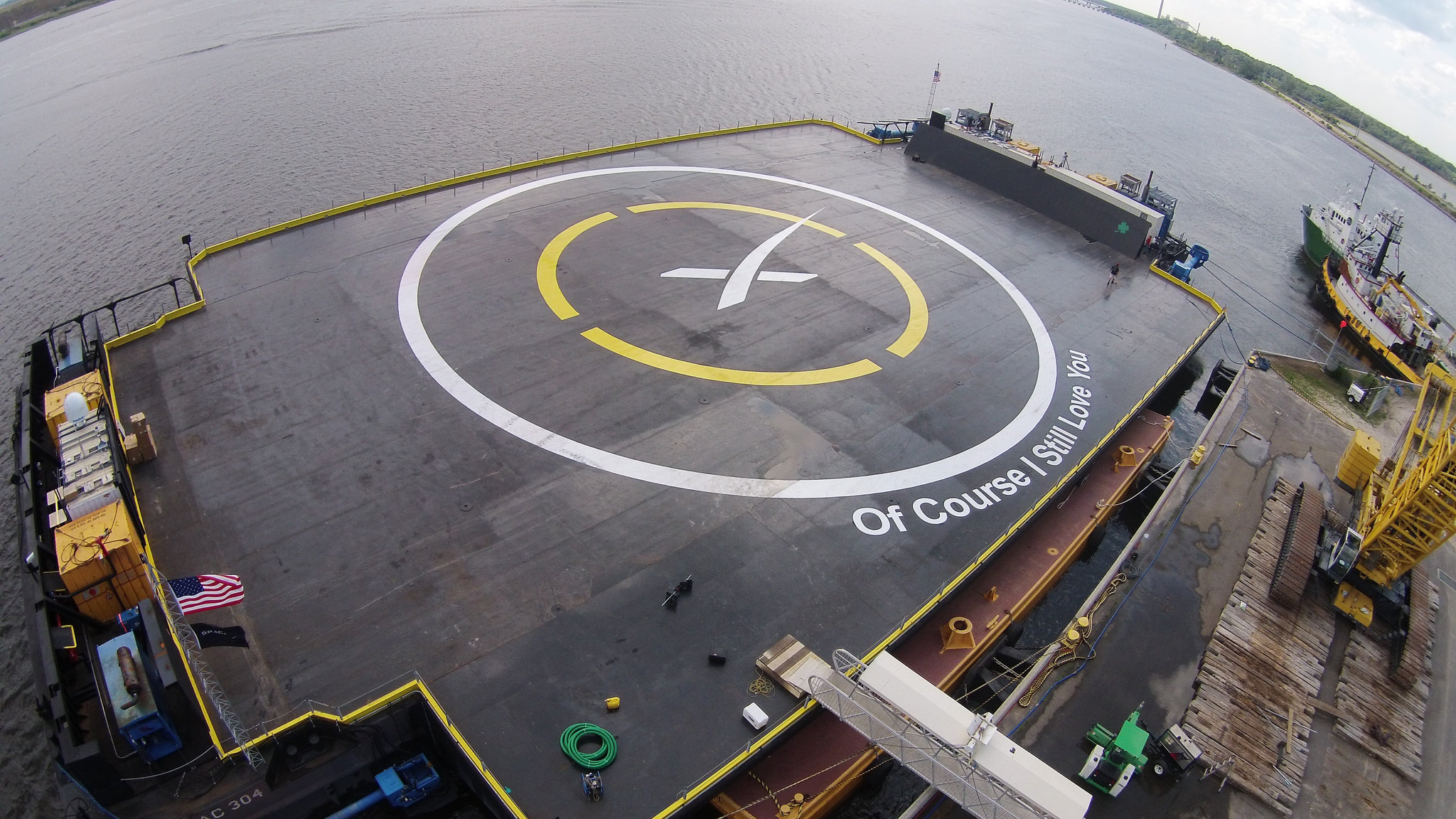
One of the biggest challenges to successfully launching commercial spaceflight firms is the creation of reusable rockets. Since each rocket costs around $62 million to construct and launch, recovering the rockets after launch is crucial to make private space exploration commercially viable. Luckily, Elon Musk’s visionary SpaceX company successfully landed a reusable rocket in 2016, marking the first time a rocket has been recovered intact. The autonomous rocket, called Falcon 9, landed upright on a floating launchpad in a spectacular display of engineering prowess.
Germany’s Successful Fusion Reactor
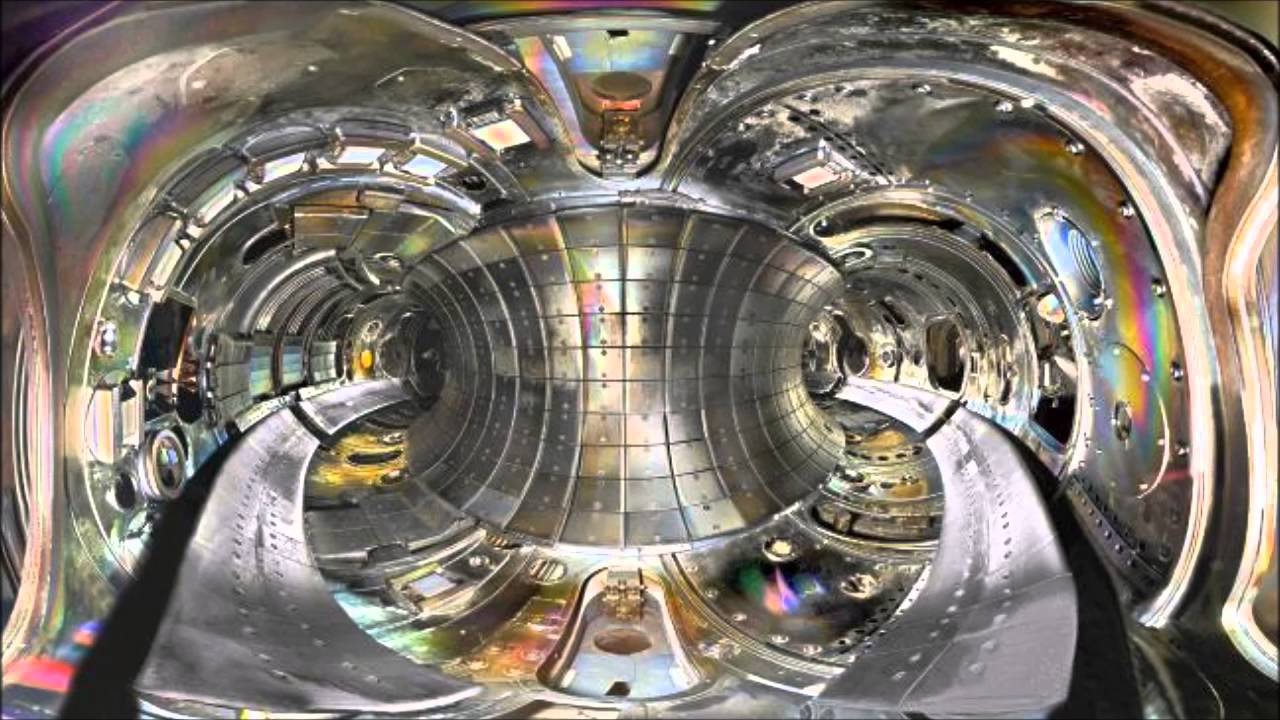
For decades, science fiction authors have predicted the Earth would soon be powered entirely by fusion reactors. This type of nuclear technology has so far evaded real-world scientists due to the technical difficulties of maintaining a stable temperature inside fusion reactors. This technology was finally made a reality in 2016, when a team of German and American scientists successfully tested the Wendelstein 7-X (W 7-X) stellarator, an advanced nuclear fusion reactor which creates conditions similar to those on the surface of the Sun. The reactor uses powerful magnetic fields to create a spiral-shaped field of 100-million-degree-Celsius (180 million degree Fahrenheit) plasma.
NASA’s EM Drive Passes Peer Review
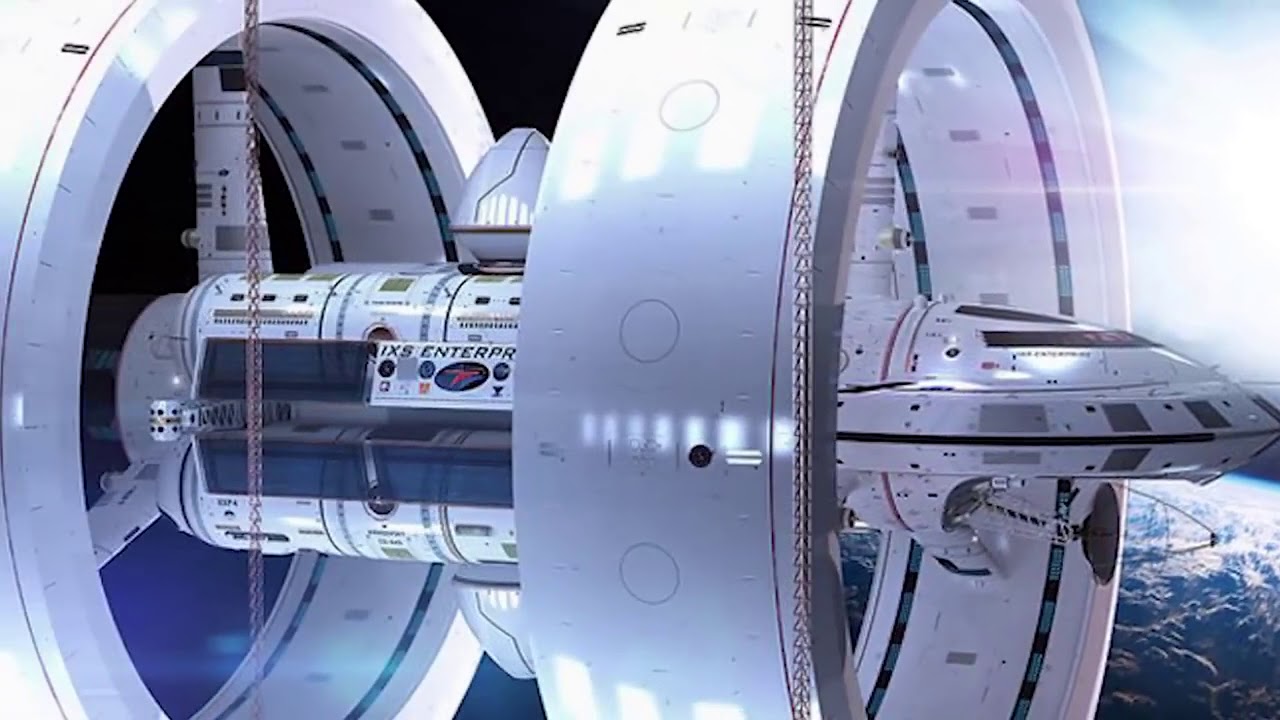
Up to now, the speeds and distances of spacecraft have been limited by the vast amounts of liquid fuel needed to get them both into space and back again. Rocket scientists have long dreamed of creating propellant-less typed of rocket propulsion, and in 2016 one of these systems might have finally been created. The so-called “EM Drive” passed peer review in 2016, meaning a jury of other scientists reviewed the patent and found that the engineering is sound. The Em Drive works by beaming electromagnetic radiation inside of a closed cone-shaped body, creating a type of radiation that is converted to thrust thanks to a bizarre, laws-of-physics-bending interaction. If further testing confirms the technology works, it could potentially take spacecraft to Mars in just seventy days.
The Discovery Of An Intact Feather-Covered Dinosaur Tail

For decades, paleontologists and biologists have speculated that dinosaurs might be more closely related to modern birds than to reptiles, which has long been the prevailing theory. A further version of this theory even speculates that dinosaurs might have been covered in feathers, but no evidence had been found - until 2016. In 2016, paleontologist Lida Xing from the China University of Geoscience in Beijing discovered an intact dinosaur tail inside a piece of amber. The tail was covered in feathers and belonged to a small dinosaur named coelurosaurus. Already, the find is shaking up the dinosaur world, leading more and more paleontologists to confirm the dinosaur-bird connection.
Scientists Convert Carbon Dioxide Into Stone

While most countries have signed the Paris Climate Agreement and have promised to curb their carbon emissions, finding a clean and eco-friendly way of storing or converting atmospheric carbon has remained a top challenge in the fight to curb or reverse the effects of climate change. In 2016, a team of Icelandic scientists might have solved this enigma by developing and successfully testing a method of converting gaseous carbon dioxide into rock. Carbon dioxide is pumped deep underground into layers of volcanic bedrock, and a chemical reaction makes the carbon dioxide react to form a benign mineral layer. Further testing is needed, but the development is already being hailed as an environmental game changer.
First Human Trials Of CRISPR-Cas9 Gene Editing

A recurring theme throughout science fiction is the attempt to change or alter mankind’s genetic structure in order to create new and improved versions of Homo sapiens. This feat, however, has been impossible due to the destructive effects of tampering with human genes - until 2016, that is. In 2016, a team of Chinese researchers announced the first human trials of a gene-editing technique known as CRISPR-Cas9. This technique works by using a genetically-modified bacterial DNA which can essentially cut and paste specific sections of an organism’s genome. The Chinese team is testing CRISPR-Cas9 in an attempt to alter a cancer patient’s genome-specific immune response. If the trials are successful, it could potentially lead to the eradication of dozens of genetically-encoded diseases such as cancer and Alzheimer’s disease.




